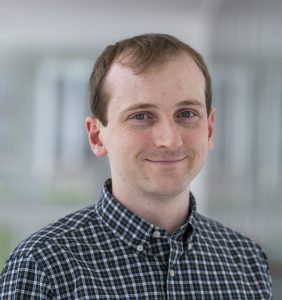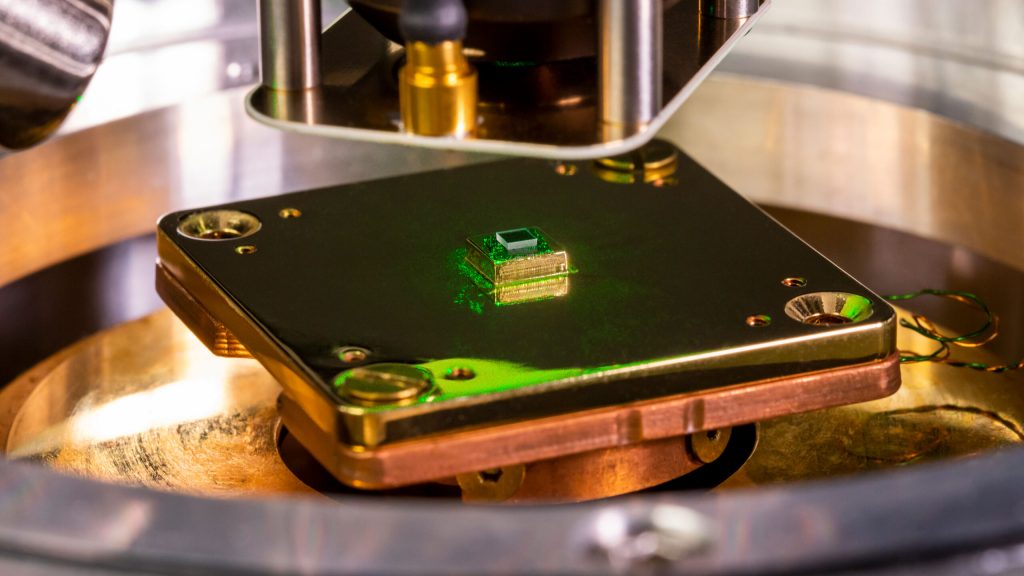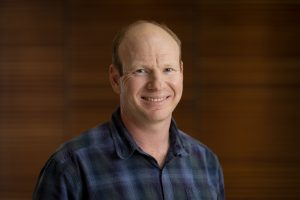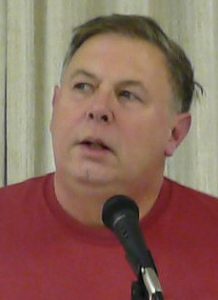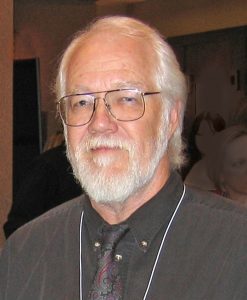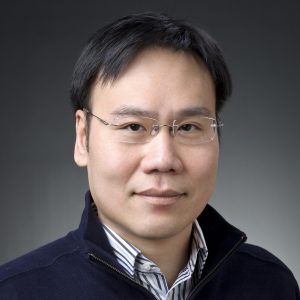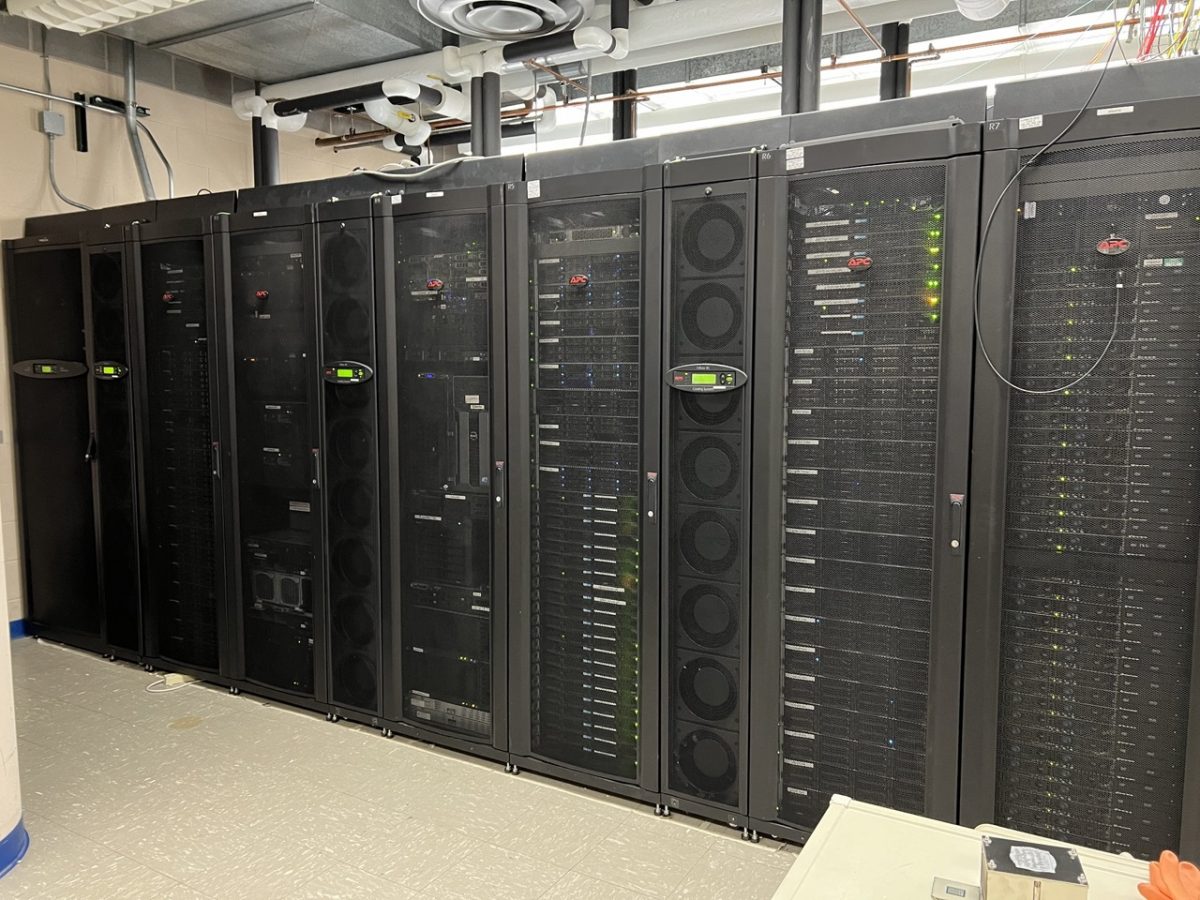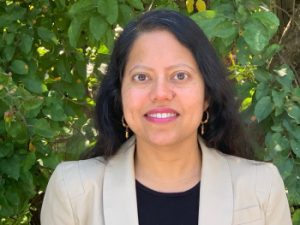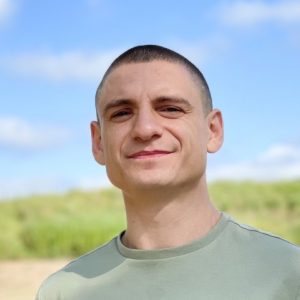
When Lake Mendota freezes over in the winter and thaws in the spring, those water/ice phase transitions might seem mundane. But, says new assistant professor of physics Ilya Esterlis, interesting things happen during phase transitions, and commonalities exist between phase transitions of any matter.
“That’s very surprising and strange sounding, but it turns out that there’s a very general framework in which to understand [these commonalities],” Esterlis says. “It’s this notion of universality, and by studying phase transitions you’re simultaneously studying a very broad class of materials.”
Esterlis, a condensed matter theorist whose research focuses on materials and phase transitions, joins the department January 1, 2023. He is currently a postdoctoral fellow at Harvard, and joined us for a virtual interview earlier this fall.
Can you please give an overview of your research?
I am a condensed matter theorist, so I study materials, and in particular I try to classify different phases of matter and the phase transitions between those phases of matter. I’m mostly interested in electronic systems, where you have a large macroscopic number of interacting electrons and are trying to understand the kind of phenomena that can emerge when you have that large number of degrees of freedom interacting with one another. And a lot of these things are motivated by experiments — not all of them. There are some more academic questions that I’m interested in investigating and they’re a bit more formal. But I’m also motivated by interesting things that are happening in the lab. Part of my work is not only trying to characterize and understand phases of matter, but also trying to propose ways that different phases could be detected experimentally, how they would manifest themselves in different experimental signatures.
I’m also interested in superconductivity. My PhD work focused a lot on trying to understand the optimal conditions for making superconductors — if you could have every knob at your disposal, what would you do to optimize them? Optimize in this case means: make superconductors that exist at as high of a temperature as possible. Superconductivity is typically a low temperature phenomenon, so there’s a holy grail in condensed matter physics trying to make higher temperature superconductors. Part of my work has been organized around trying to understand what would be even in principle the optimal route towards achieving higher temperature superconductors.
Once you’re in Madison, what are one or two research projects you and your group will focus on?
I will focus a good amount of my research efforts on studying superconductivity, continuing this line of investigation into what the optimal conditions for superconductors are. If you had all the freedom in the world, how would you build the best superconductor that exists to high temperatures and under normal laboratory conditions? Not under extreme, unrealistic conditions but in an everyday parameter regime. And that involves understanding the superconducting state itself. Superconductors are a phase of matter that is distinct from, say, a metal, which is also a good conductor but not a superconductor. But oftentimes to understand superconductors better, one has to understand the state from which they came. That is to say, you take a metal and you cool it down to low temperatures and it goes from being a good conductor to a superconductor. To understand that superconductor, it’s often helpful to understand the metal from which it came at higher temperature. And sometimes those metals can be conventional, like copper wires, but sometimes they can be very unconventional metals and strange for various reasons. One open question is: what is the interplay between superconductivity and unusual metals? If you take a high temperature unusual metal, what is the kind of superconductor that it turns into at lower temperature? And unusual in this context means that it has some properties that are not typical to conventional metals. For instance, there’s predictions for how resistance changes with temperature in a conventional metal but unusual metals have rather different resistance behaviors.
What is your favorite element and/or elementary particle?
Helium is remarkable in that it has a number of unusual properties. For instance, if you cool it down to zero temperature it does not crystallize, it remains a liquid. That’s solely due to quantum mechanics, which is kind of an incredible thing. If you do make it crystallize by applying pressure, then that solid itself also has very interesting properties.
And my favorite elementary particle is the anyon. It’s not elementary, say, in the sense of electrons or quarks. But it’s this really remarkable thing that happens in condensed matter systems where if you take a macroscopic number of electrons and you subject them to a very large magnetic field, then a remarkable thing happens where the behavior of the system, as viewed kind of on macroscopic scales, does not look like the behavior of electrons, it really looks like the behavior of particles called anyons that have fractional electric charge. So they are elementary in condensed matter physics.
What hobbies and interests do you have?
I really love to play music, guitar specifically. And I have two small kids, two daughters, and I just like hanging out with them.
